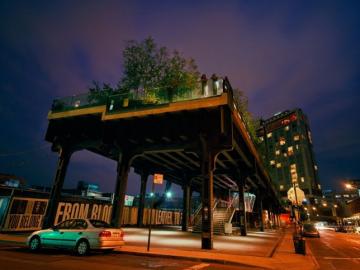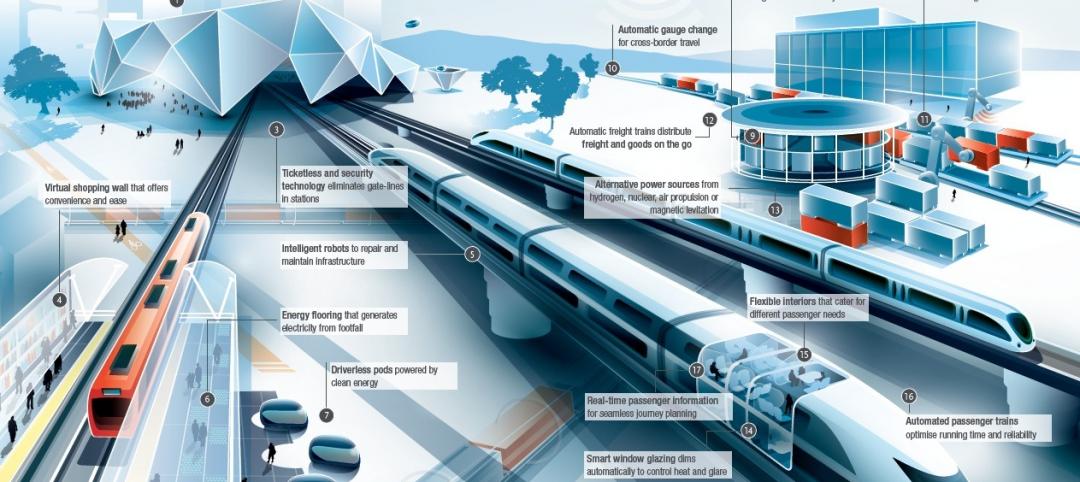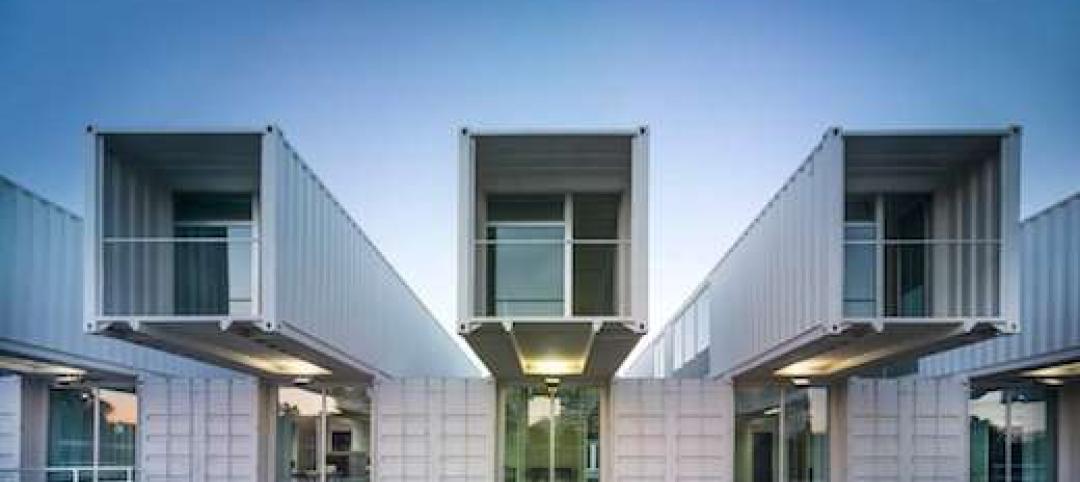For more details on the opening of the final part of New York's High Line, which has been under construction since March, read the letter from Friends of the High Line below:
Friends of the High Line, along with our partners at the New York City Department of Parks and Recreation, has announced that the third and northernmost section of the park, the High Line at the Rail Yards, will open to the public on Sunday, September 21, 2014.
The opening of the High Line at the Rail Yards will be a momentous occasion for all of us—our neighbors, City officials, generous members and supporters, designers, construction workers, gardeners, and volunteers—who gave their time, energy, and funding over the years to save the High Line from demolition, and reimagine the very notion of what a public space could be.
It will be the realization of our original dream for the High Line: to transform the entire structure, enabling visitors to walk all the way from Gansevoort Street to 34th Street. For the first time, we will all be able to walk the length of the High Line—traversing 22 city blocks, uninterrupted, 30 feet in the air, with expansive views of New York City, and the Hudson River.
I hope you’ll visit the High Line to walk the Rail Yards section, from 30th Street and 10th Avenue, to the curve near 12th Avenue, and up to 34th Street. Along the way, you will experience new design features and plantings that will animate this new section of the High Line, with newly planted trees and perennials selected by Piet Oudolf, innovatively designed seating areas, and pathways installed in the High Line’s original rail tracks. For the first time, you will be able to walk along the self-seeded grasses and wildflowers that have grown along the tracks in the years since the trains stopped running. There’s so much to experience in the Rail Yards section. It’s truly spectacular.
We hope you will join the celebration of this historic milestone. We will be celebrating with a full week of programs, with something for everyone. Beginning Monday, September 22, from dawn until after dark, we will host wellness programs, live music and performances, educational talks and tours, after school programs and so much more. Read all about our opening week activities—and our year-round programs—at www.thehighline.org.
We could have never reached this opening moment without the tremendous efforts of our neighbors, our community, our supporters and partners, who built momentum for the project from the days when it was the most unlikely of dreams. Thank you for supporting Friends of the High Line and for making the opening of the Rail Yards possible. I hope to see you on the High Line this fall!
—Joshua David, Co-Founder, Friends of the High Line
Related Stories
| Jun 30, 2014
Research finds continued growth of design-build throughout United States
New research findings indicate that for the first time more than half of projects above $10 million are being completed through design-build project delivery.
| Jun 30, 2014
Arup's vision of the future of rail: driverless trains, maintenance drones, and automatic freight delivery
In its Future of Rail 2050 report, Arup reveals a vision of the future of rail travel in light of trends such as urban population growth, climate change, and emerging technologies.
| Jun 18, 2014
Arup uses 3D printing to fabricate one-of-a-kind structural steel components
The firm's research shows that 3D printing has the potential to reduce costs, cut waste, and slash the carbon footprint of the construction sector.
| Jun 12, 2014
Austrian university develops 'inflatable' concrete dome method
Constructing a concrete dome is a costly process, but this may change soon. A team from the Vienna University of Technology has developed a method that allows concrete domes to form with the use of air and steel cables instead of expensive, timber supporting structures.
| Jun 6, 2014
Shipping container ship terminal completed in Spain
In Seville, Spain, architectural firms Hombre de Piedra and Buró4 have designed and completed a cruise ship terminal out of used shipping containers.
| Jun 2, 2014
Parking structures group launches LEED-type program for parking garages
The Green Parking Council, an affiliate of the International Parking Institute, has launched the Green Garage Certification program, the parking industry equivalent of LEED certification.
| Jun 2, 2014
SOM unveils plans for Miami transit hub
The elevated station will be a key portal within All Aboard Florida’s rail system, the nation's only privately owned, operated, and financed rail network.
| May 29, 2014
7 cost-effective ways to make U.S. infrastructure more resilient
Moving critical elements to higher ground and designing for longer lifespans are just some of the ways cities and governments can make infrastructure more resilient to natural disasters and climate change, writes Richard Cavallaro, President of Skanska USA Civil.
| May 20, 2014
Kinetic Architecture: New book explores innovations in active façades
The book, co-authored by Arup's Russell Fortmeyer, illustrates the various ways architects, consultants, and engineers approach energy and comfort by manipulating air, water, and light through the layers of passive and active building envelope systems.
| May 19, 2014
What can architects learn from nature’s 3.8 billion years of experience?
In a new report, HOK and Biomimicry 3.8 partnered to study how lessons from the temperate broadleaf forest biome, which houses many of the world’s largest population centers, can inform the design of the built environment.

















